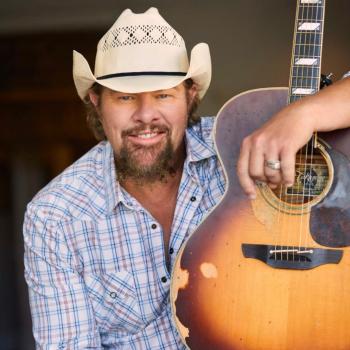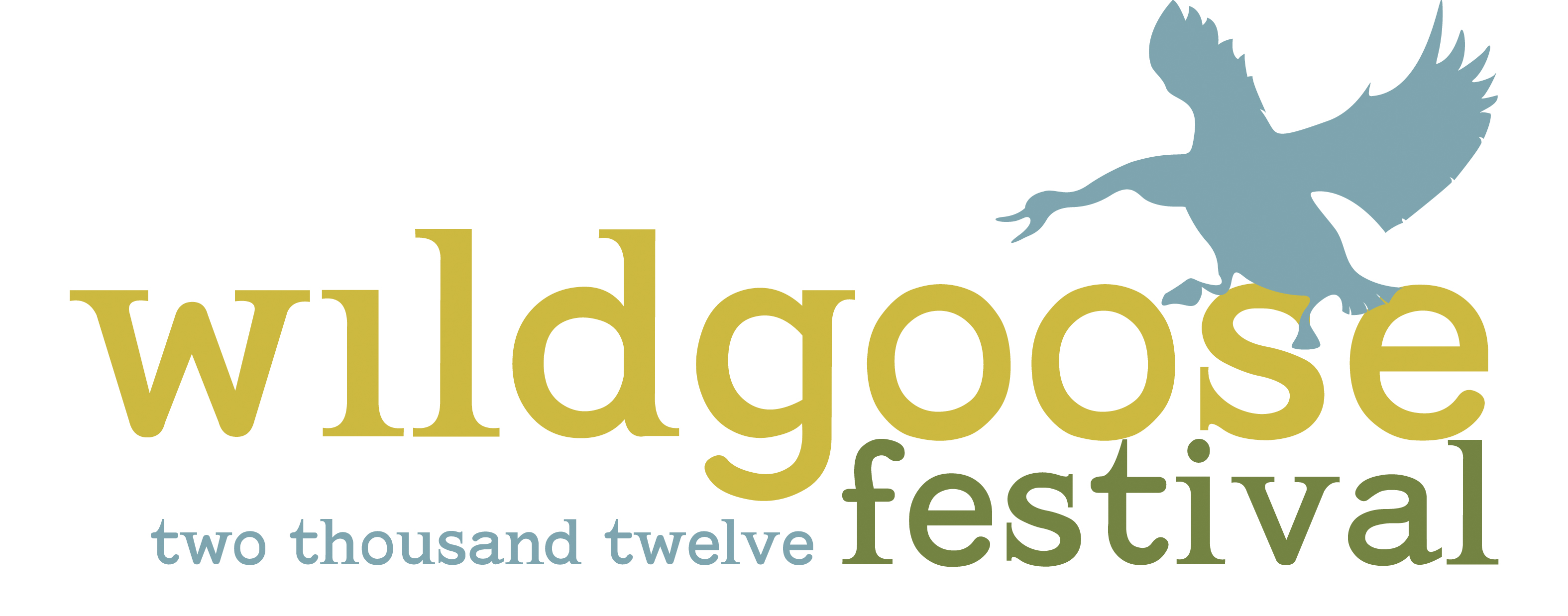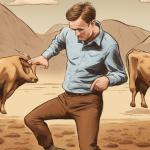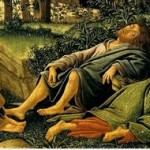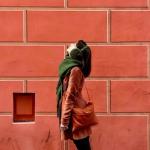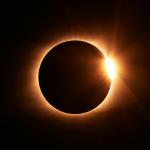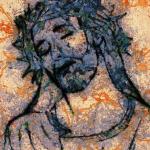As Wild Goose 2012 approaches, this blog will attempt to capture the festival from the viewpoints of those who participate in it. From today’s comments by Executive Director Gareth Higgins to highlights shared by volunteer leaders, performers, attenders and friends, you’ll see how the Goose connects with a variety of people in a variety of ways.
**If you’d like to share your experience with Wild Goose, please email sarah (at) wildgoosefestival (dot) org.**
Interview With Gareth Higgins, Executive Director of the Wild Goose Festival – Part 2
Q: Last year was Wild Goose’s debut year. Can you describe the atmosphere for us? If someone spent eight hours at the festival and just walked around the grounds, what kinds of things would they have seen?
A: It’s so multi-dimensional. They’d observe and participate in conversations in the open air, on stages, under trees, in coffee bars and beer tents (and hear great music and see dramatic performances and films too). They’d see internationally known figures in social justice work together with anyone who wants to promote the common good. They’d hear Grammy and Oscar winners dialoguing with people who don’t have recording contracts, and experiencing each other’s music and art. They’d encounter seminary presidents and New York Times best-selling authors giving advice and learning from people who write a blog for an audience of 60 people.
Over all, they’d notice everyone talking, listening, and eating together as equals. We invite everyone who attends to seek to reduce the violence that is done when we claim to speak for others; so I hope they would also observe that the community values the principle of “only speaking authoritatively about yourself.”
At the end of the day, they’d be inspired to see the possibility of a new world, and be equipped to play a role in shaping it.
Q: How many people participated in the first year of the festival?
A: There were 1700 attendees and 150+ volunteers. This year we’re making space to welcome twice that many.
Q: Often times the best way to describe a festival is to talk about how it unfolded previously. Can you give us the highlights of last year’s program and/or any highs of the festival in general?
A: The highlight for me was that 1700 people showed up to participate, and everyone seemed to find something that could inspire or challenge, something they could contribute their own gifts to, and maybe even some points of disagreement – leading to great conversations about honoring our differences and learning from each other. A community formed over the festival weekend where I think people genuinely felt that they were participants rather than spectators.
Some other memories that come to mind are the onstage conversation that Dr Vincent Harding had outlining his vision for a new civil rights movement, the invitation Fr Richard Rohr offered to fuse spirituality and activism, Lynne Hybels’ talk about conflict and reconciliation in the Middle East, the dialogues around peacemaking, sexuality, relationships with people from other faiths, and criminal justice reform/opposition to the death penalty.
It was great to have musician and recording artist, T-Bone Burnett, and screenwriter Callie Khouri (who wrote ‘Thelma and Louise’). Having them be part of the conversation on the first night to discuss the relationship between art and social justice was inspirational; it was lovely to see them treat aspiring artists with such respect.
Another great moment was when Ric Hordinski pulled together many of the musicians at the festival and they performed a super-group history of great American songs.
There were so many great performances and conversations, but I think one of the most consistent highlights was that people listened and connected without felling like they were being told what to think. Barriers came down.
Q: Lastly, at least for today, please describe the event site. What kind of setting hosts all these people, speakers, performers and experiences?
A: Wild Goose is hosted at a 72-acre farm owned by a community arts center that puts on a few well-known bluegrass festivals there each year. The location makes a lot of sense, because it provides good access to the triangle, an 8-county region in North Carolina. The nearby cities of Raleigh-Durham, especially, have a lot of diversity and many of its residents are generally eager to see social transformation. Not to mention that it’s in the south east, where there is a rich Civil Rights history.
If you missed Part 1 of this interview, click here to be whisked back to it. Don’t miss the lowest price of the season via our $99 ticket sale extended until Sunday, March 4th (reg. price – $139).


